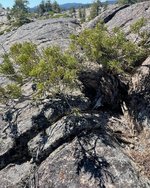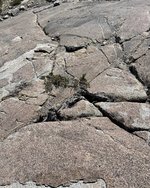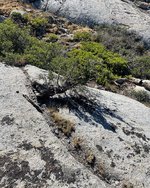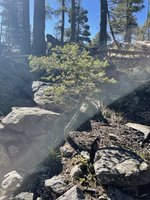Macebailey123
Seedling
- Messages
- 9
- Reaction score
- 5
Hello - I am wanting to collect from more mountainous regions. I have collected and had a successful rate thus far. My question is related to collecting from rock pockets. What are the best ways to do so? It appears as if you would need a pry bar and small hand tools to remove. When do you know that you can’t remove? What are the best ways at accessing small pockets? Any tips would be helpful.





